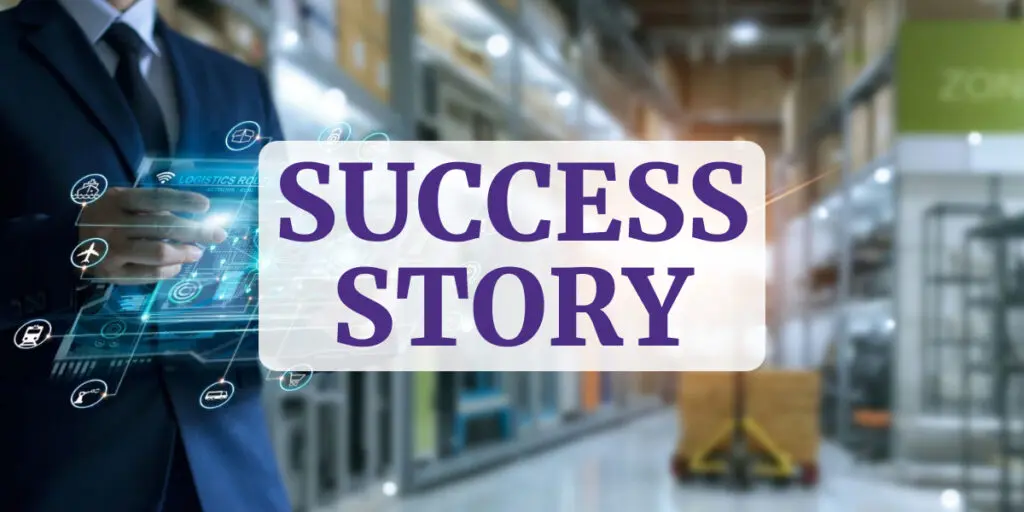Background
In this scenario, a manufacturer had undertaken an ambitious multi-million dollar insourcing project, aiming to transition certain production processes from external suppliers to their own facilities. This strategic move is driven by the desire to exert greater control over their operations, enhance efficiency, and potentially achieve cost savings. Recognizing the complexity of this endeavor, the manufacturer engaged Allied Logistics to provide expertise and support across various pivotal components of the project.\
Actions Taken:
1. Created a Warehouse Design with Material Flow and Long-Term Vision and Strategy in Mind: Developing a warehouse design is a foundational step in optimizing operational efficiency. In this case, the design takes into account not only the current requirements but also long-term goals. The emphasis on material flow indicates careful consideration of how materials move through the warehouse to minimize unnecessary handling, reduce bottlenecks, and maximize throughput. The inclusion of a long-term vision and strategy suggests that the design is forward-thinking, accommodating potential future changes in production processes, storage needs, and technological advancements.
2. Built a Plan-For-Every-Part (PFEP): A Plan-For-Every-Part (PFEP) is a comprehensive strategy that ensures the availability of the right parts in the right quantities at the right time. The PFEP contains crucial data such as consumption rates (how quickly parts are used), lead times (time it takes to replenish), and optimal inventory quantities. This data-driven approach minimizes the risk of stockouts, overstocking, and production delays. By maintaining accurate information on every part, the manufacturer can make informed decisions and maintain efficient inventory levels.
3. Designed Kit Carts with Staging Areas, Part Picking Zones, and Visual Management: Kit carts play a pivotal role in streamlining assembly processes. The design of kit carts is strategic, considering various aspects:
- Staging Areas: These designated spaces allow for organized preparation of materials before assembly. Staging areas enhance efficiency by ensuring that all required components are readily available, reducing assembly time and the risk of missing parts.
- Part Picking Zones: Efficient picking zones are designated for selecting components required for each assembly. These zones are likely organized logically, following principles like the most frequently used parts being placed closer to the assembly area.
- Drop Zones for Assembly: Once the kits are prepared, drop zones facilitate seamless transfer to the assembly area. This minimizes interruptions and ensures a smooth handover of materials to the assembly line.
- Visual Management: Visual cues like labels, color coding, and signage enhance the efficiency of the kit cart process. They make it easier for workers to identify the contents, follow assembly instructions, and move carts smoothly through the workflow.
Result
The successful completion of the warehouse and material flow project, undertaken with a long-term vision in mind, has yielded significant benefits for the company. The project’s strategic approach has not only achieved its immediate goals but also positioned the company for sustained growth and adaptability in response to changing market demands

